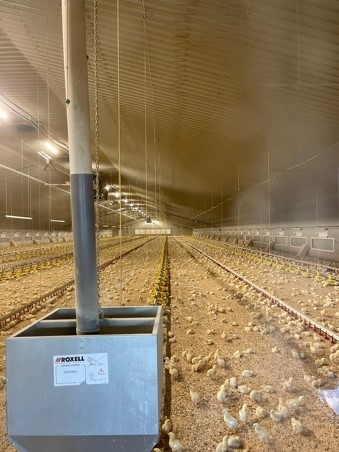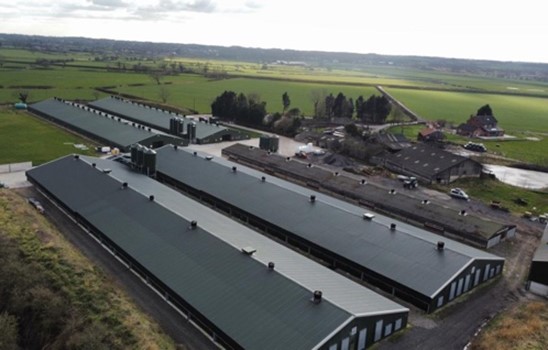The Myerscough College Ag Net Zero Challenge – Cottam's
Land management is amongst the largest contributors to climate change and there is an urgency for agriculture to transform from being a net emitter of carbon (CO2e) to a net sequester of carbon (CO2).
Carbon Farm Audit #10
Courtesy of Simon Cottam
The Myerscough College Ag Net Zero Challenge is part of The Lancashire Colleges’ Strategic Development Fund Pilot, supporting colleges and local employers to work together to create a skilled workforce for a future low-zero carbon economy.

Farm Profile
Simon Cottam from Myrepole Farm, in Woodplumton, Lancashire, volunteered to participate in the Myerscough College Ag Net-Zero Challenge. They undertook a whole farm carbon audit to identify areas of improvement within their farm business to reduce carbon emissions.
Myrepole Farm
Rapley Lane
Woodplumton
tHE CARBON AUDIT

A carbon audit is an assessment of the emissions of carbon dioxide equivalents (CO2e) produced by each enterprise within a business and, where possible, looks at the sources of sequestration within the business. The carbon audit at Myrepole Farm was carried out by Carbon Metrics – a company that specialises in analysing and interpreting existing data and generating a targeted management plan to show how net-zero strategies can be achieved. The farm audit is calculated by using a carbon toolkit. There are currently over 70 toolkits available with no standard industry requirements for data. Therefore, in this case study, we used the average of two carbon audit calculators, Agrecalc and Cool Farm Tool, to produce the results.
Strengths
Low Carbon emissions per kg of produce. The calculators measure finished produce from the farm with a footprint of 1.45kg of CO2e per kg of poultry. This figure represents an indicator of performance (due to the single enterprise nature of the farm) and an easy opportunity to monitor and realise further reductions from mitigation measures suggested within this report.
Minimal impact on soil erosion. Due to the indoor housing of birds, the farm has a minimal effect on the land it occupies, unlike other farming enterprises. This allows the farm to consider leasing land to other farms for woodland creation. Cottam’s could benefit from carbon credits due to the land-use change to woodland and subsequent carbon sequestration.
Areas for Consideration
Renewable Energy. The farm has a large area of roof space from which renewable solar electricity can be produced. This offers a significant offset and reasonable return on investment. Looking at how some of the electricity could be used on-farm would help take some energy from fossil fuels out of the farm system. The use of electric vehicles would reduce fuel use and help to mitigate against some of the contractor’s emissions that have been reported. This would need further investigations to establish how this may happen on the farm.
Monitor Fuel usage. The farm uses nearly 41,000l of diesel per year in running generators for the poultry sheds; the farm should further reduce this in the future. One potential pathway for mitigation of this could be to adapt the infrastructure within the poultry units so that the farm is connected to the national grid and utilises electricity instead of diesel.
Carbon Opportunities
Exporting poultry manure. With rising mineral fertiliser prices, farmers are looking for alternative sources. There could be an opportunity for extra revenue generation by selling the broiler litter onwards to arable farms looking for manure to spread on arable land. Not only would these offset emissions from the farm but help develop an organic circular economy through the increased use of manure across the agricultural industry.
Benefits for the Business
Improved return on investment. By following the areas of consideration and the mitigation measures, the farm can expect to see a better return on crop costs and fuel usage. It will also see the amount of CO2e emitted fall further, helping to achieve Net-Zero. The farm could look to invest in renewables, but this would only support a small proportion of the way to reach Net-Zero. Further work on fuel and fertiliser needs to be carried out to significantly reduce the farm’s carbon output.
Leading the way with Carbon Emissions. The farm has a very real possibility of leading the way in showing how poultry enterprises within agriculture can help lead the way as part of the path to Net-Zero. As opportunities around carbon credits and soil sequestration become monetised, the farm is in an enviable position to be at the forefront of these concepts and pilots, which should add value to the business and help open new areas of income as the industry transitions away from direct payments.
Innovative Farming Methods
The farm has adopted innovative farming methods within its poultry sheds that take advantage of the Internet of Things (IoT) sensors to optimise the conditions for the hens within the sheds.
These sensors consider temperature, lighting and humidity to ensure that the conditions remain constant and enable the hens to maximise. Furthermore, the sheds have automated feeding systems which tailor the feed to be optimised for the diet for the specific ages of the hens.
This approach also minimises the need for human input into the farming system whilst providing the farmer with real time data that can be reviewed in the future.

Smart Infrastructure
In recent years that farm has undergone a transformation with erection of new poultry sheds transforming the farm’s infrastructure. The farm during the audit period reared 1.7 million birds, which was previously an unreachable target with the old poultry sheds.
In the future the farmer has acknowledged the need to further develop smart infrastructure across the farm by installing renewable energy to create a holistic approach to farming and being energy sufficient. This will not only increase the farms profitability but also decrease its carbon footprint by using electricity it has generated.

Subscribe!
Please enter your email below to keep up-to-date with the AG Net-Zero Challenge
